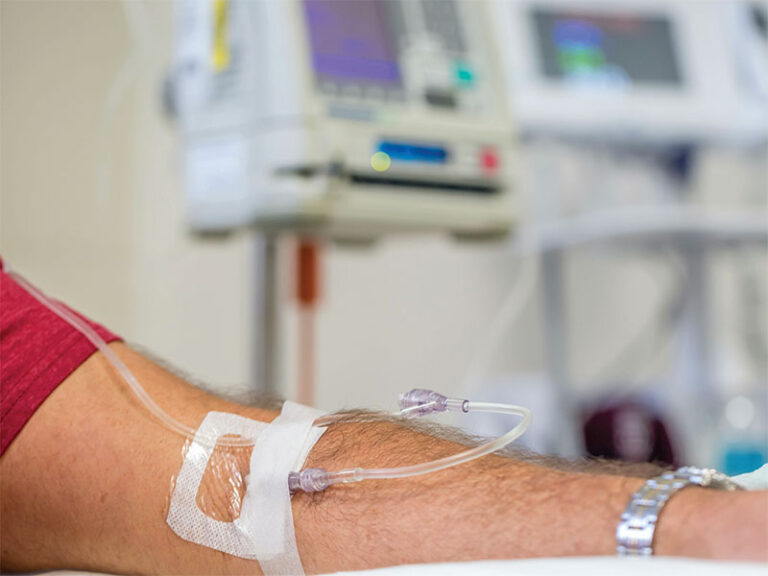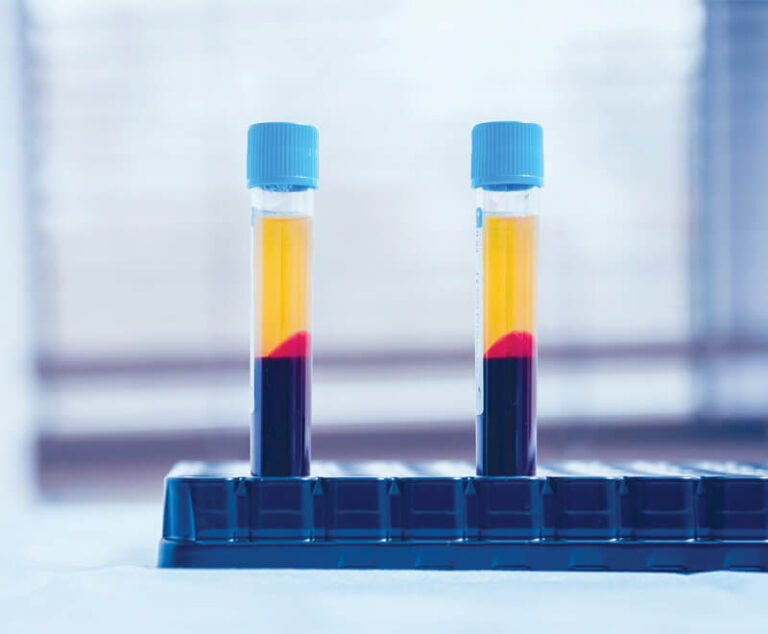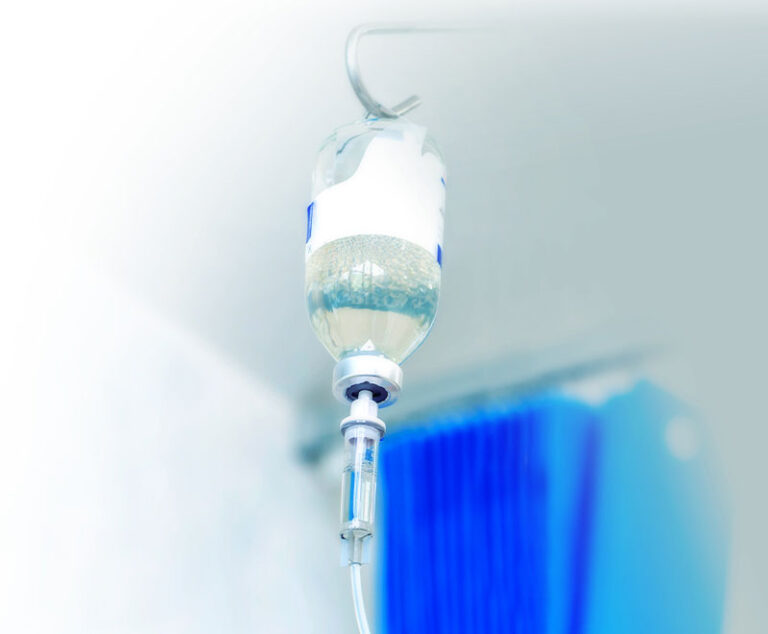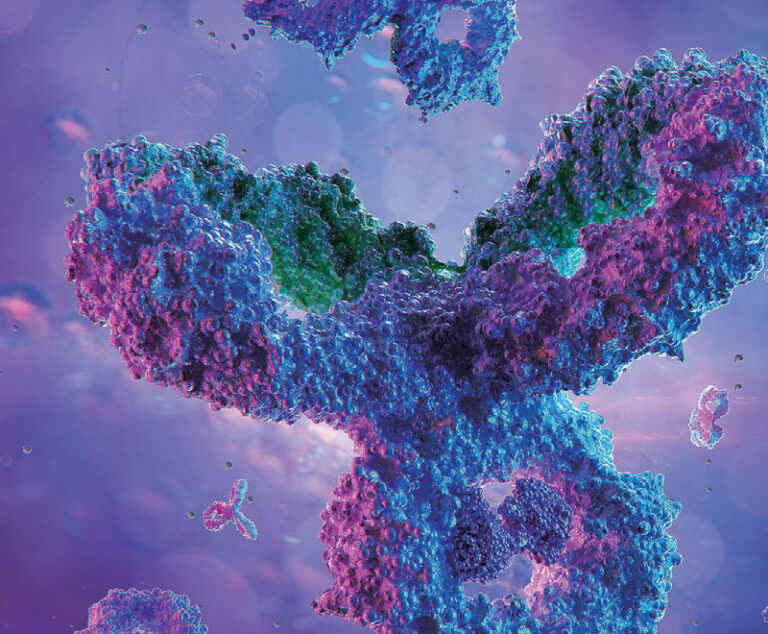Industry Insight
Information, Observation & Analysis
Plasma Articles
New research showing the therapeutic benefit of immune globulin for treating a variety of autoimmune diseases is contributing to market growth of this essential medicine.
The effectiveness of this controversial therapy in treating musculoskeletal disorders and other arthritic conditions is uncertain due to mixed results. Nevertheless, the PRP industry is booming.
It is now well-established that prehospital transfusion of plasma, with its balanced mix of coagulation proteins, counters the hemodilution and progressive derangement of hemostatic mechanisms caused by crystalloid-based resuscitation, improving the changes of survival in severely bleed trauma victims.
Understanding the factors contributing to the current shortage of immune globulin could help to address a crisis that threatens dire consequences for patients.
What can be done in the event of a severe shortage of IG products, whose production is entirely reliant on a continuous supply of IgG-rich plasma donated at more than 800 dedicated U.S. collection facilities?
As of this writing, NIAID and industry collaborators are also finalizing the design of a large-scale trial to assess whether COVID-Ig can reduce the rate of hospitalization and other medical encounters in earlier-stage COVID-19 patients exhibiting mild to moderate symptoms.
Studies shed light on whether high-dose intravenous immune globulin, convalescent plasma and hyperimmune globulin will be effective therapeutic options for the novel coronavirus.
Demand for IG products has doubled, going from 3 million grams just a decade ago to 7 million grams year-over-year today. What is to account for this increase?








